Home>Gardening & Outdoor>Landscaping Ideas>How To Kill Grass Growing In Gravel
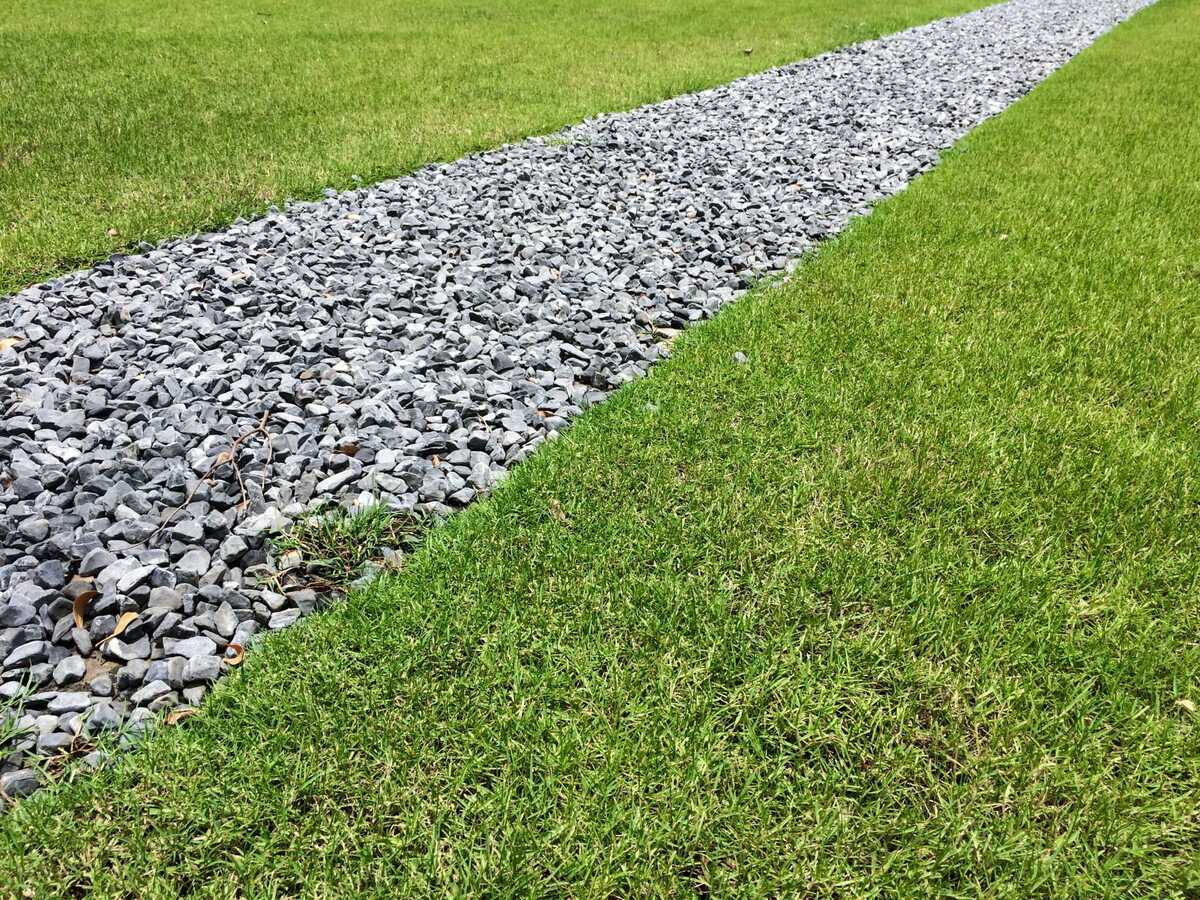

Landscaping Ideas
How To Kill Grass Growing In Gravel
Modified: February 18, 2024
Learn effective landscaping ideas to kill grass growing in gravel. Discover tips and techniques for maintaining a weed-free gravel area.
(Many of the links in this article redirect to a specific reviewed product. Your purchase of these products through affiliate links helps to generate commission for Storables.com, at no extra cost. Learn more)
Introduction
Welcome to the battle of the gravel! While gravel is a fantastic and versatile landscaping material, it can become a battleground when unwanted grass decides to make an appearance. The tenacious nature of grass means that once it takes root in gravel, it can be a real headache to remove. However, fear not, as there are effective methods for reclaiming your gravel pathways and driveways from the clutches of invasive grass.
In this comprehensive guide, we will explore the various techniques for eliminating grass in gravel, ranging from natural remedies to chemical solutions. Additionally, we will delve into preventive measures to ensure that the grass doesn’t stage a comeback. So, if you’re ready to reclaim your gravel spaces and restore their pristine appearance, let’s dive into the world of killing grass in gravel.
Key Takeaways:
- Say goodbye to unwanted grass in your gravel spaces with natural remedies like boiling water and vinegar, or opt for targeted chemical solutions for persistent infestations. Prevent regrowth with geotextile barriers and regular maintenance.
- Reclaim your gravel pathways from invasive grass by using natural remedies like boiling water and vinegar, or consider chemical solutions for more stubborn infestations. Prevent regrowth with geotextile barriers and proactive maintenance.
Understanding the Problem
Gravel is a popular choice for landscaping due to its low maintenance and aesthetic appeal. However, when grass begins to encroach upon the gravel, it can detract from the intended look and functionality of the space. The grass not only disrupts the uniformity of the gravel but also creates an uneven surface, making it unpleasant to walk on and compromising the neatness of the area.
One of the primary challenges of dealing with grass in gravel is the nature of the gravel itself. Its porous and loose structure provides an ideal environment for grass seeds to take hold and germinate. Additionally, the irregular surface of gravel makes it difficult to mow or pull out the grass manually, requiring alternative methods for effective removal.
Moreover, the presence of grass in gravel can be indicative of underlying issues such as poor weed control, ineffective landscaping practices, or insufficient barriers to prevent the spread of grass seeds. Understanding these factors is crucial in devising a comprehensive strategy to address the problem at its root.
Furthermore, it’s essential to consider the surrounding vegetation and landscape. The proximity of lawns, flower beds, or natural areas with grass can contribute to the continuous influx of grass seeds into the gravel, perpetuating the problem. Therefore, a holistic approach that accounts for the broader landscape is necessary to prevent recurring infestations.
By gaining a deeper understanding of the challenges posed by grass in gravel, we can tailor our approach to effectively combat this issue. In the following sections, we will explore a range of methods, from natural remedies to chemical solutions, offering you a toolkit to reclaim your gravel spaces from unwanted grass.
Methods for Killing Grass in Gravel
When it comes to tackling grass in gravel, several effective methods can be employed to eliminate the unwanted vegetation. Each approach offers its unique benefits, catering to different preferences and environmental considerations. Let’s explore these methods in detail:
Natural Remedies
Natural remedies provide a sustainable and eco-friendly approach to eradicating grass in gravel. One popular method involves the use of boiling water. Simply boiling water in a kettle or pot and carefully pouring it over the grass can scorch and kill the vegetation, effectively clearing the area without introducing harmful chemicals into the environment. Additionally, the use of vinegar, particularly horticultural vinegar with a higher acidity, can be an effective natural herbicide when applied directly to the grass.
Chemical Solutions
For more persistent grass infestations, chemical solutions can offer a targeted and rapid means of eradication. Selective herbicides formulated specifically for grasses can be applied to the affected areas, effectively targeting the grass while minimizing impact on surrounding vegetation. It’s crucial to follow the manufacturer’s instructions and safety precautions when using chemical herbicides, ensuring proper application and minimizing environmental impact.
Read more: How To Kill Grass Growing Through Mulch
Manual Removal
While manual removal may be labor-intensive, it can be an effective method for addressing smaller areas of grass in gravel. Using hand tools such as a sturdy garden hoe or a specialized weed removal tool, the grass can be carefully uprooted, taking care to remove the entire root system to prevent regrowth. Regular maintenance and vigilance are key to preventing the grass from establishing a foothold in the gravel.
Geotextile Barriers
Installing geotextile barriers beneath the gravel can serve as a preventive measure, inhibiting the growth of grass and other vegetation from below. These permeable fabric barriers allow water to pass through while creating an effective barrier against weed and grass roots, minimizing the likelihood of future infestations. When properly installed, geotextile barriers can significantly reduce the maintenance required to keep the gravel free from unwanted vegetation.
By employing a combination of these methods, tailored to the specific needs of your landscaping, you can effectively combat the intrusion of grass in gravel, restoring the tidy and pristine appearance of your outdoor spaces.
Natural Remedies
When seeking natural remedies for eliminating grass in gravel, it’s essential to consider eco-friendly and sustainable solutions that minimize the impact on the surrounding environment. Here are some effective natural remedies for tackling grass in gravel:
Boiling Water
Boiling water is a simple yet potent natural remedy for eradicating grass in gravel. By carefully pouring boiling water directly onto the grass, the intense heat effectively scalds and destroys the vegetation. This method is particularly effective for targeting isolated patches of grass and can be repeated as needed to ensure thorough elimination. It’s important to exercise caution when handling boiling water to prevent accidental burns.
Read more: How To Replace Grass With Gravel
Vinegar
Vinegar, particularly horticultural vinegar with a higher acidity, can serve as a natural herbicide for controlling grass in gravel. When applied directly to the grass, vinegar disrupts the cellular structure of the vegetation, leading to desiccation and eventual death. This method is best applied on a sunny day to maximize its effectiveness, as the heat aids in the absorption of the vinegar by the grass. It’s important to avoid spraying vinegar on desirable plants, as it can have a detrimental effect on a wide range of vegetation.
Corn Gluten Meal
Corn gluten meal, a byproduct of the corn milling process, can be utilized as a natural pre-emergent herbicide to inhibit the germination of grass and weed seeds in gravel. This organic product not only suppresses the growth of grass but also provides a source of nitrogen, benefiting the surrounding soil and vegetation. By applying corn gluten meal in the early spring before the grass seeds germinate, you can effectively impede the establishment of new grass, contributing to long-term weed control in gravel areas.
By incorporating these natural remedies into your weed control strategy, you can effectively manage and eliminate grass in gravel while promoting a healthier and more sustainable outdoor environment.
Chemical Solutions
When facing persistent or widespread grass infestations in gravel, chemical solutions can provide targeted and rapid means of eradication. It’s important to exercise caution and adhere to safety guidelines when using chemical herbicides to minimize environmental impact and ensure effective results. Here are some effective chemical solutions for addressing grass in gravel:
Selective Herbicides
Selective herbicides formulated specifically for grasses can be a valuable tool in combating unwanted grass in gravel. These herbicides target grassy weeds while minimizing harm to desirable broadleaf plants, offering a tailored approach to weed control. When applied according to the manufacturer’s instructions, selective herbicides can effectively eliminate grass infestations, restoring the gravel spaces to their intended appearance.
Read more: How To Install Gravel Landscaping
Systemic Herbicides
Systemic herbicides, such as glyphosate-based products, can provide comprehensive control of grass in gravel by translocating throughout the plant, ultimately leading to its demise. These herbicides are absorbed through the foliage and transported to the roots, ensuring thorough eradication of the grass. It’s crucial to apply systemic herbicides judiciously, taking care to avoid contact with desirable vegetation and following recommended application rates to minimize environmental impact.
Pre-Emergent Herbicides
Pre-emergent herbicides can be effective in preventing the germination and establishment of grass and weed seeds in gravel. By forming a barrier in the soil, pre-emergent herbicides inhibit the growth of new grass, offering long-term control and reducing the need for frequent intervention. When applied at the appropriate time, typically in early spring before the grass seeds germinate, pre-emergent herbicides can significantly curtail the emergence of new grass in gravel areas.
Before utilizing chemical solutions, it’s important to assess the extent of the grass infestation and select the most appropriate herbicide for the specific type of grass and surrounding vegetation. Additionally, adherence to safety precautions, proper application techniques, and consideration of environmental factors are essential to ensure the safe and effective use of chemical solutions in managing grass in gravel.
Preventing Grass Regrowth
Once you have successfully eradicated the grass from your gravel spaces, it’s essential to implement preventive measures to inhibit regrowth and maintain a weed-free environment. By integrating proactive strategies into your landscaping maintenance, you can minimize the likelihood of future grass infestations. Here are effective methods for preventing grass regrowth in gravel:
Regular Maintenance
Consistent maintenance is key to preventing grass regrowth in gravel. Regularly inspect the gravel areas for any signs of new grass growth and promptly address any emerging vegetation. By staying vigilant and addressing incipient grass growth early, you can prevent the establishment of persistent infestations and minimize the need for more intensive interventions in the future.
Geotextile Barriers
Installing geotextile barriers beneath the gravel can serve as an effective long-term solution for preventing grass regrowth. These permeable fabric barriers create a physical barrier that inhibits the penetration of grass and weed roots, minimizing the likelihood of new growth. When properly installed, geotextile barriers can significantly reduce the maintenance required to keep the gravel free from unwanted vegetation, offering a sustainable and low-maintenance solution.
Appropriate Ground Preparation
Prior to laying gravel, ensuring proper ground preparation can contribute to preventing grass regrowth. Clear the area of existing vegetation, including grass and weeds, and apply a layer of landscaping fabric or weed barrier before spreading the gravel. This foundational layer acts as a barrier to inhibit the growth of grass from below, setting the stage for a weed-free gravel surface.
Regular Weeding and Spot Treatments
Engaging in regular weeding and spot treatments can help prevent grass regrowth in gravel. By promptly removing any emerging grass and applying targeted natural remedies or selective herbicides as needed, you can maintain a pristine gravel surface and prevent the spread of grass. This proactive approach minimizes the likelihood of widespread infestations, preserving the neat and uniform appearance of the gravel areas.
By integrating these preventive measures into your landscaping maintenance routine, you can effectively inhibit grass regrowth in gravel, ensuring that your outdoor spaces remain free from unwanted vegetation and maintain their intended aesthetic and functional qualities.
Conclusion
As we conclude our exploration of the methods for eliminating grass in gravel, it’s evident that reclaiming and maintaining pristine gravel spaces requires a multifaceted approach. Whether you opt for natural remedies, chemical solutions, or preventive measures, the key lies in addressing the issue proactively and tailoring your approach to the specific needs of your landscaping.
Understanding the challenges posed by grass in gravel and the underlying factors contributing to its presence is essential in devising an effective strategy for eradication and prevention. By leveraging natural remedies such as boiling water, vinegar, and corn gluten meal, you can tackle grass infestations while minimizing environmental impact and promoting sustainability in your landscaping practices.
For more persistent or widespread grass infestations, chemical solutions offer targeted and rapid means of eradication, provided they are applied judiciously and in accordance with safety guidelines. Selective herbicides, systemic herbicides, and pre-emergent herbicides can be valuable tools in restoring the intended appearance of gravel spaces while minimizing harm to surrounding vegetation.
Furthermore, integrating preventive measures, such as geotextile barriers, regular maintenance, and appropriate ground preparation, is crucial in inhibiting grass regrowth and maintaining a weed-free environment. By staying proactive and implementing these strategies, you can ensure that your gravel spaces remain tidy, functional, and visually appealing.
Ultimately, the battle against grass in gravel is a manageable one, and with the right tools and knowledge at your disposal, you can reclaim and preserve the beauty of your outdoor spaces. By combining effective methods, sustainable practices, and ongoing vigilance, you can enjoy the enduring allure of gravel without the encroachment of unwanted vegetation.
So, armed with these insights and strategies, go forth and conquer the challenge of grass in gravel, transforming your outdoor spaces into havens of natural beauty and tranquility.
Frequently Asked Questions about How To Kill Grass Growing In Gravel
Was this page helpful?
At Storables.com, we guarantee accurate and reliable information. Our content, validated by Expert Board Contributors, is crafted following stringent Editorial Policies. We're committed to providing you with well-researched, expert-backed insights for all your informational needs.
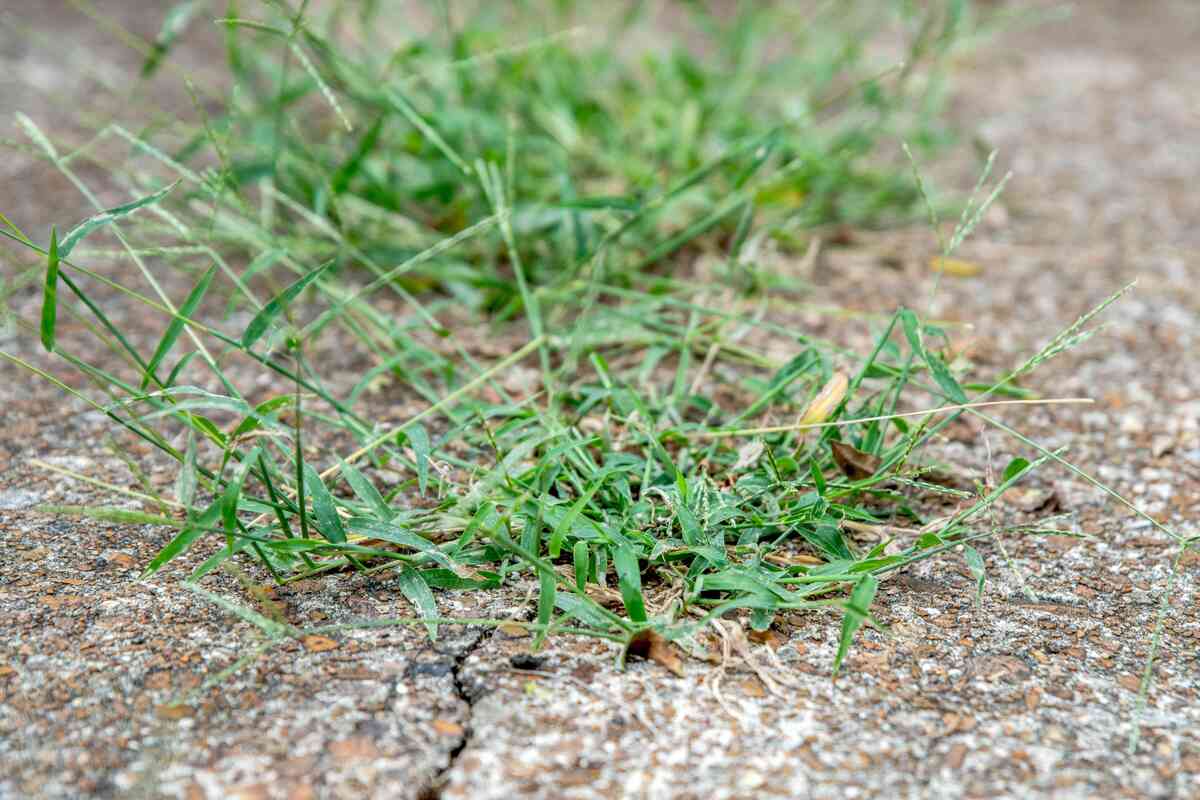
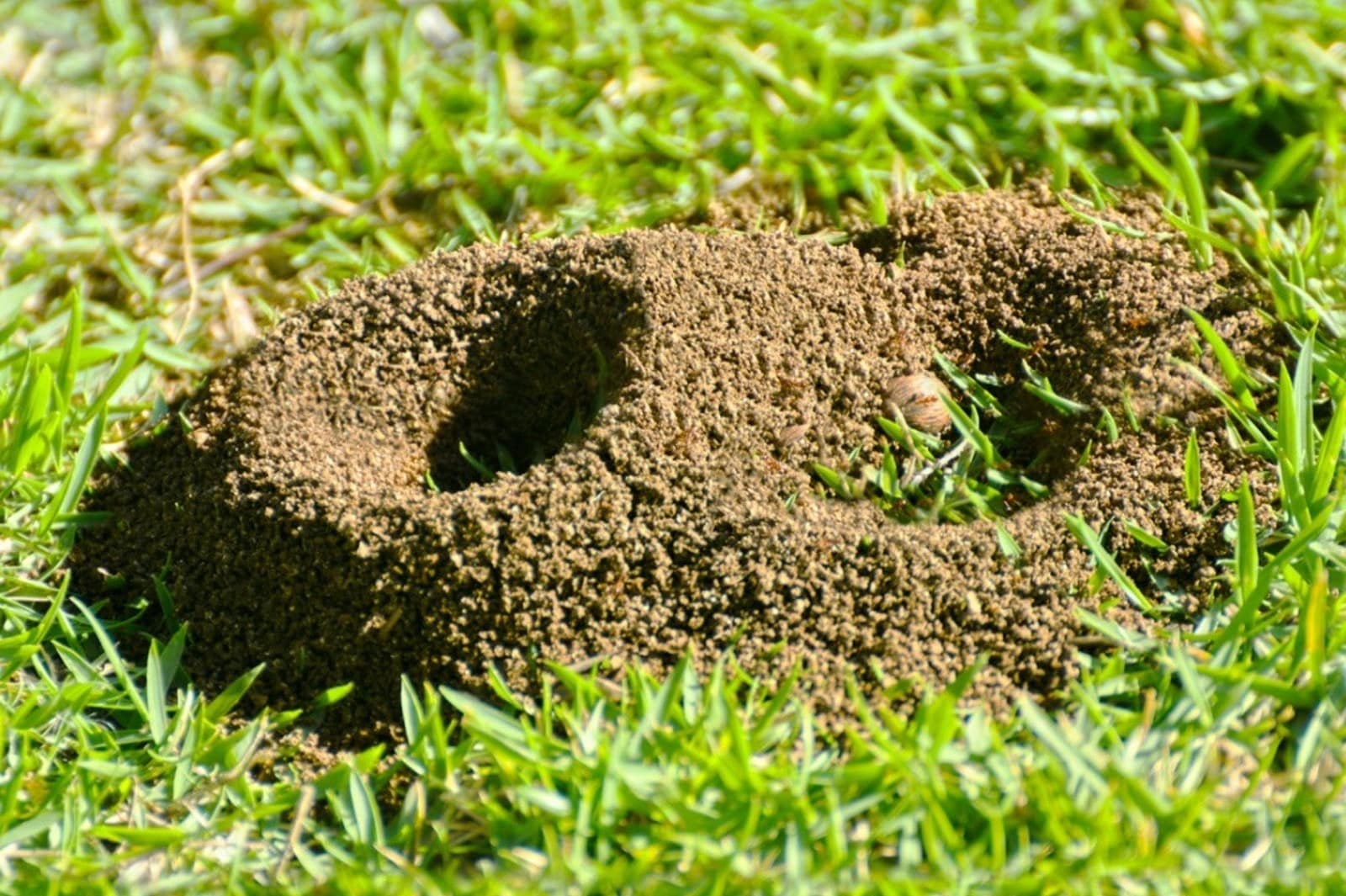
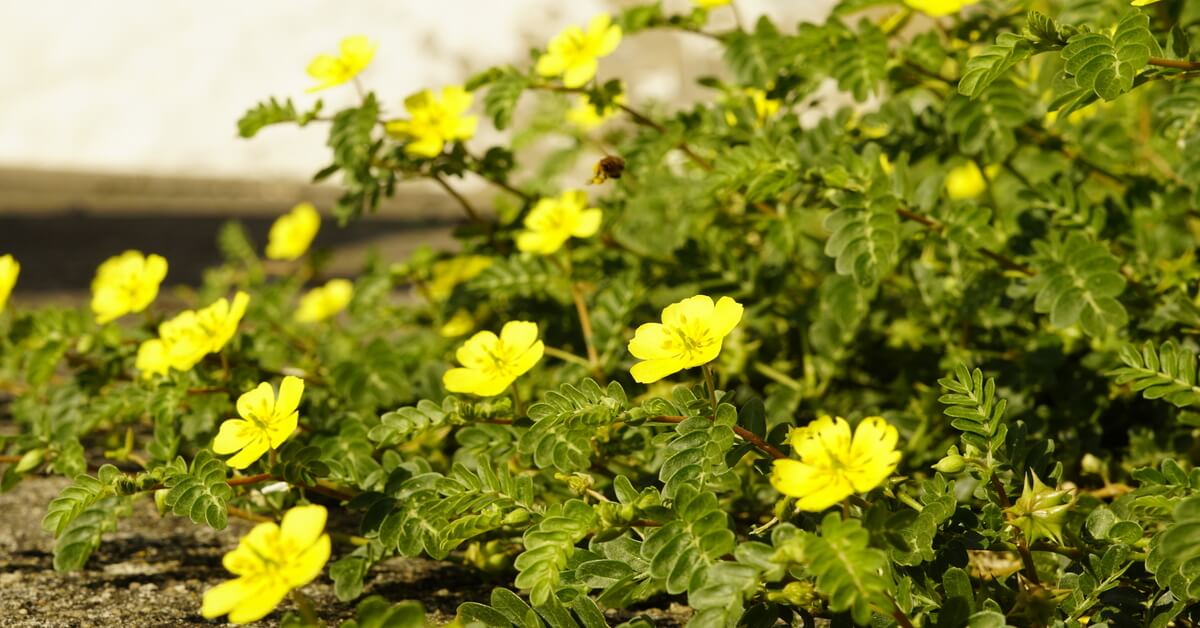
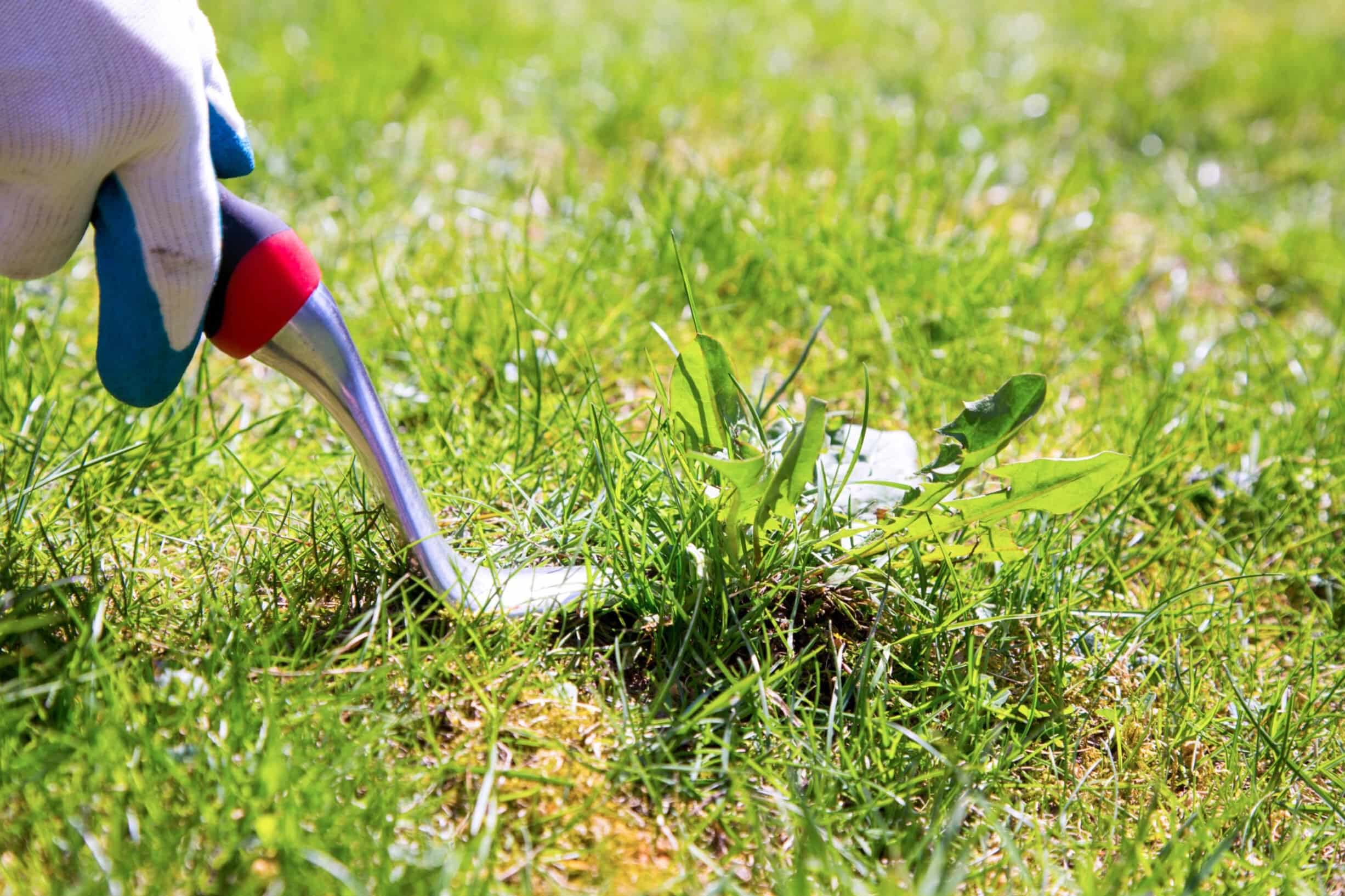
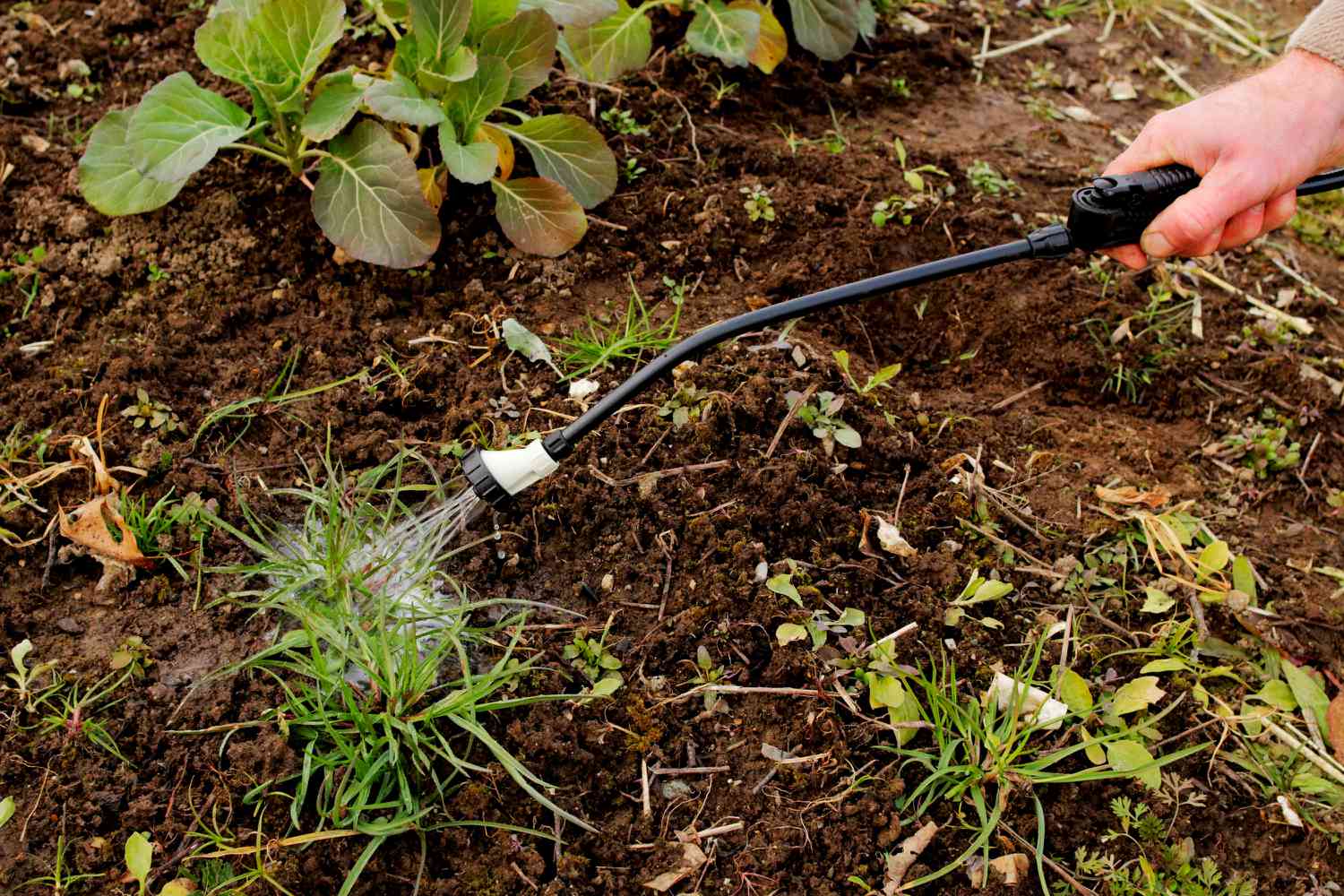
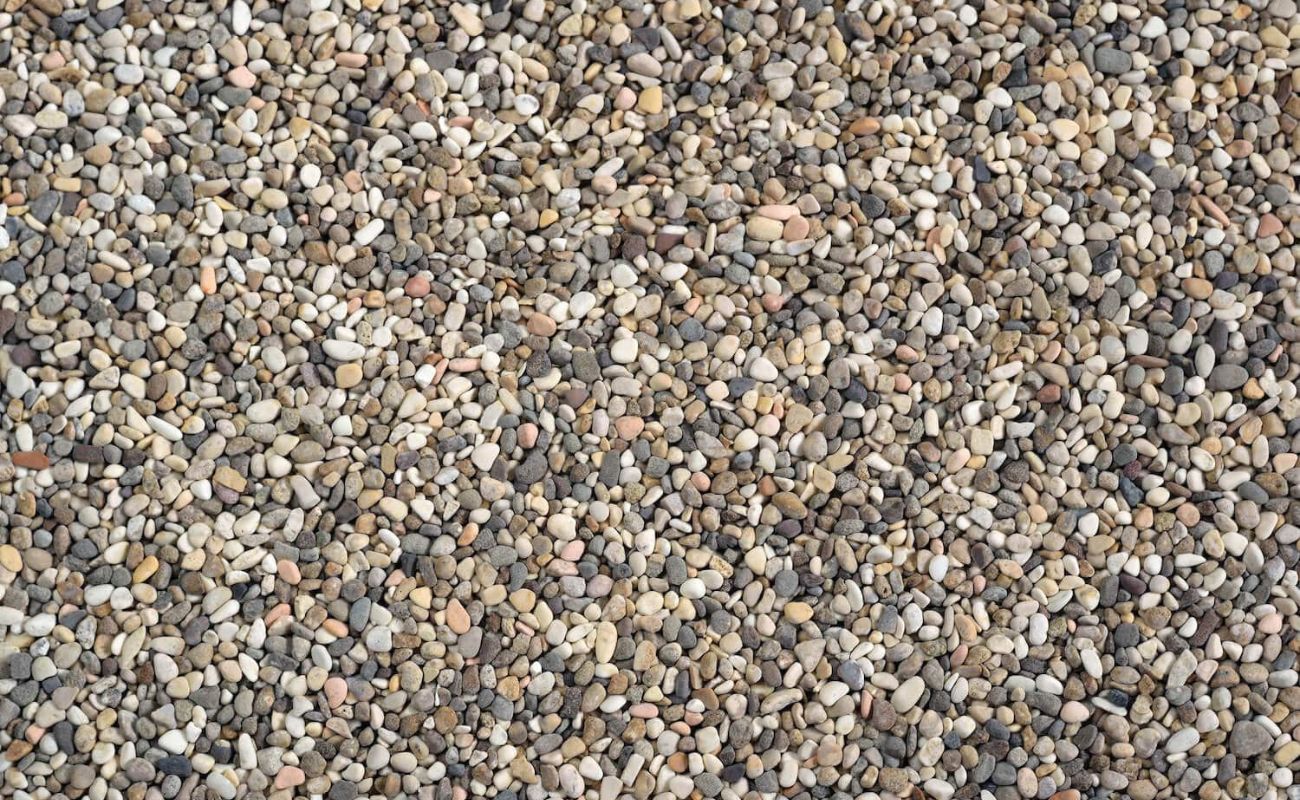
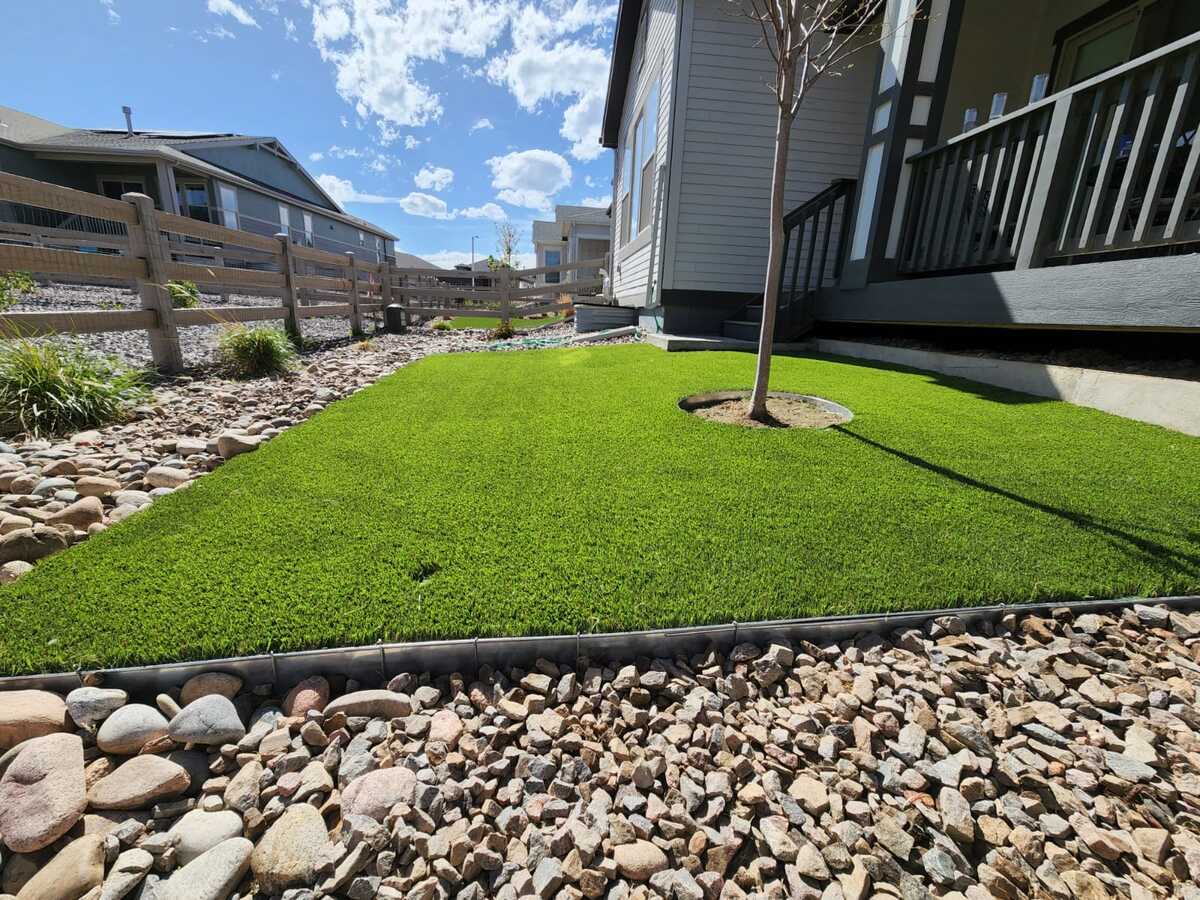
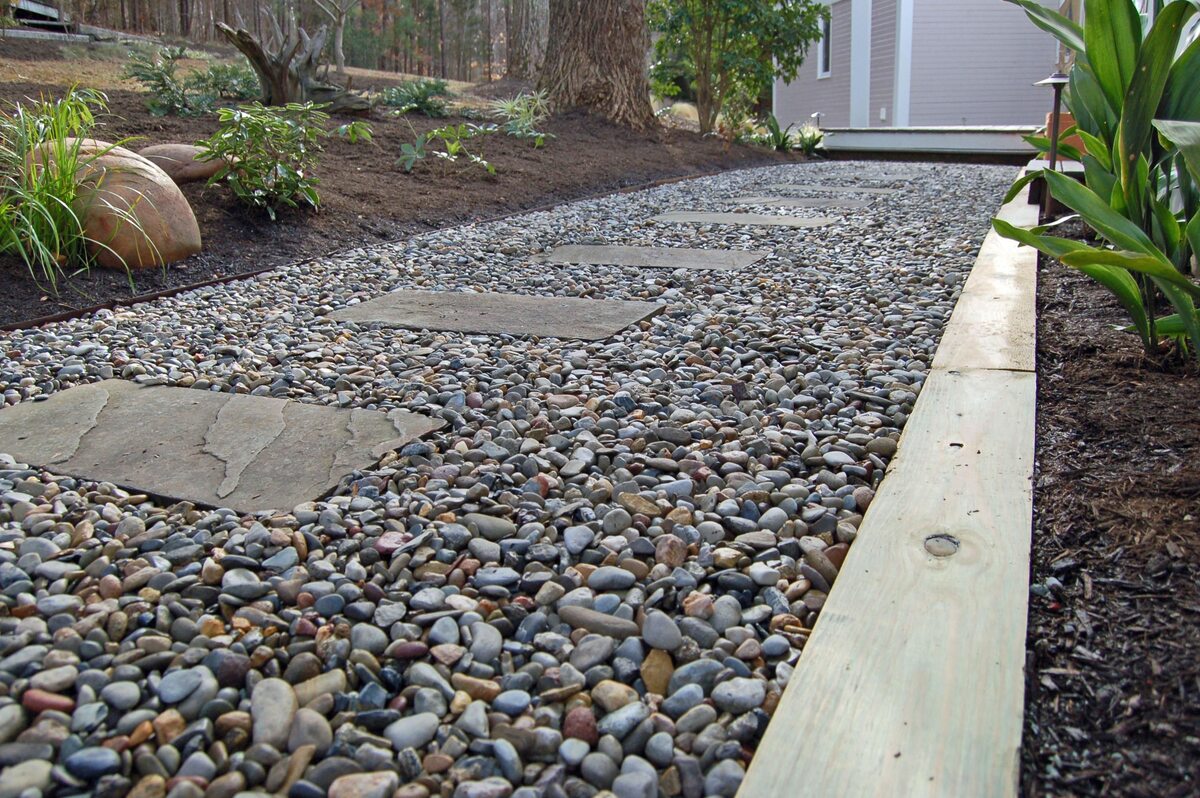

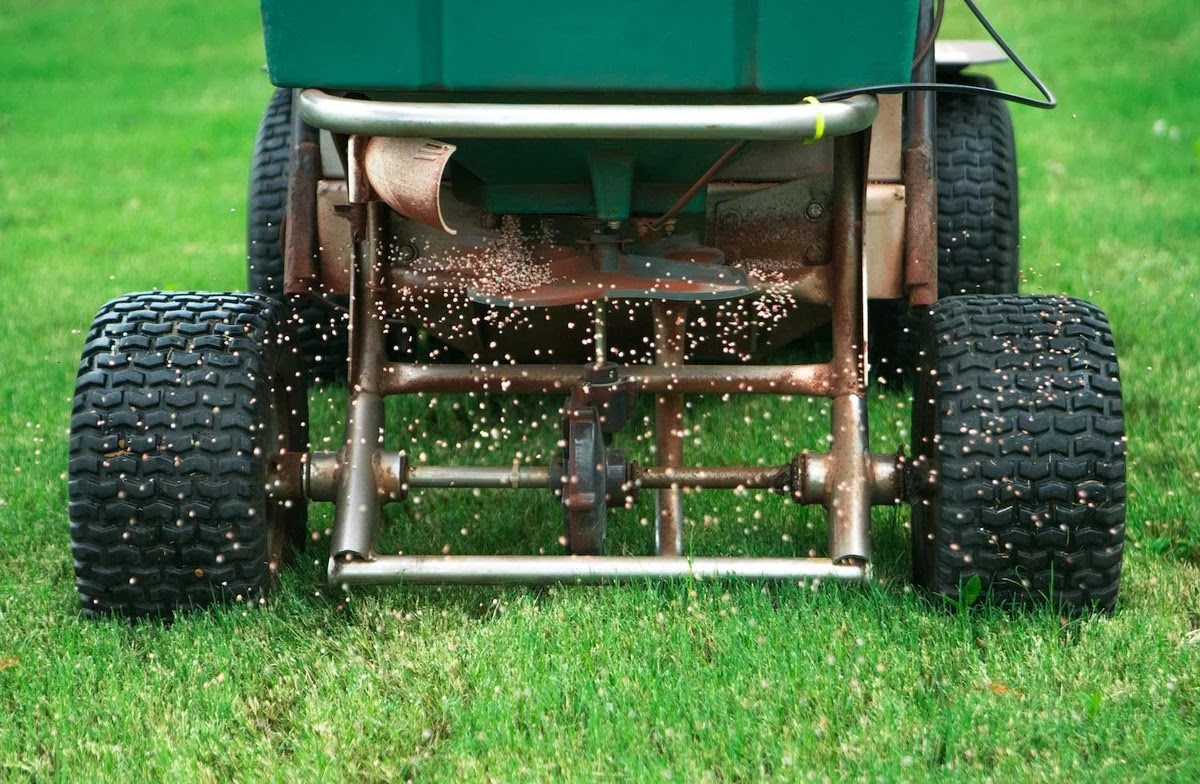
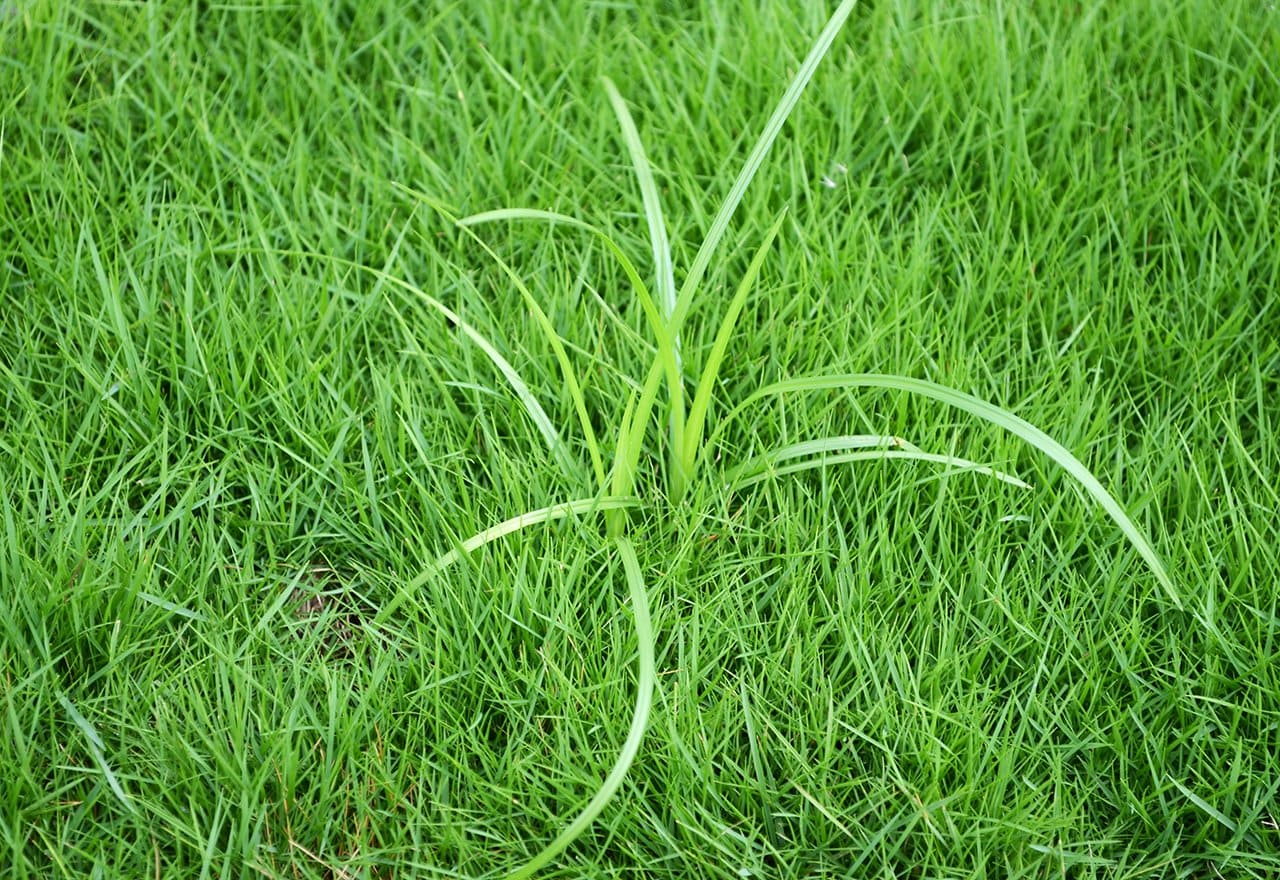

0 thoughts on “How To Kill Grass Growing In Gravel”